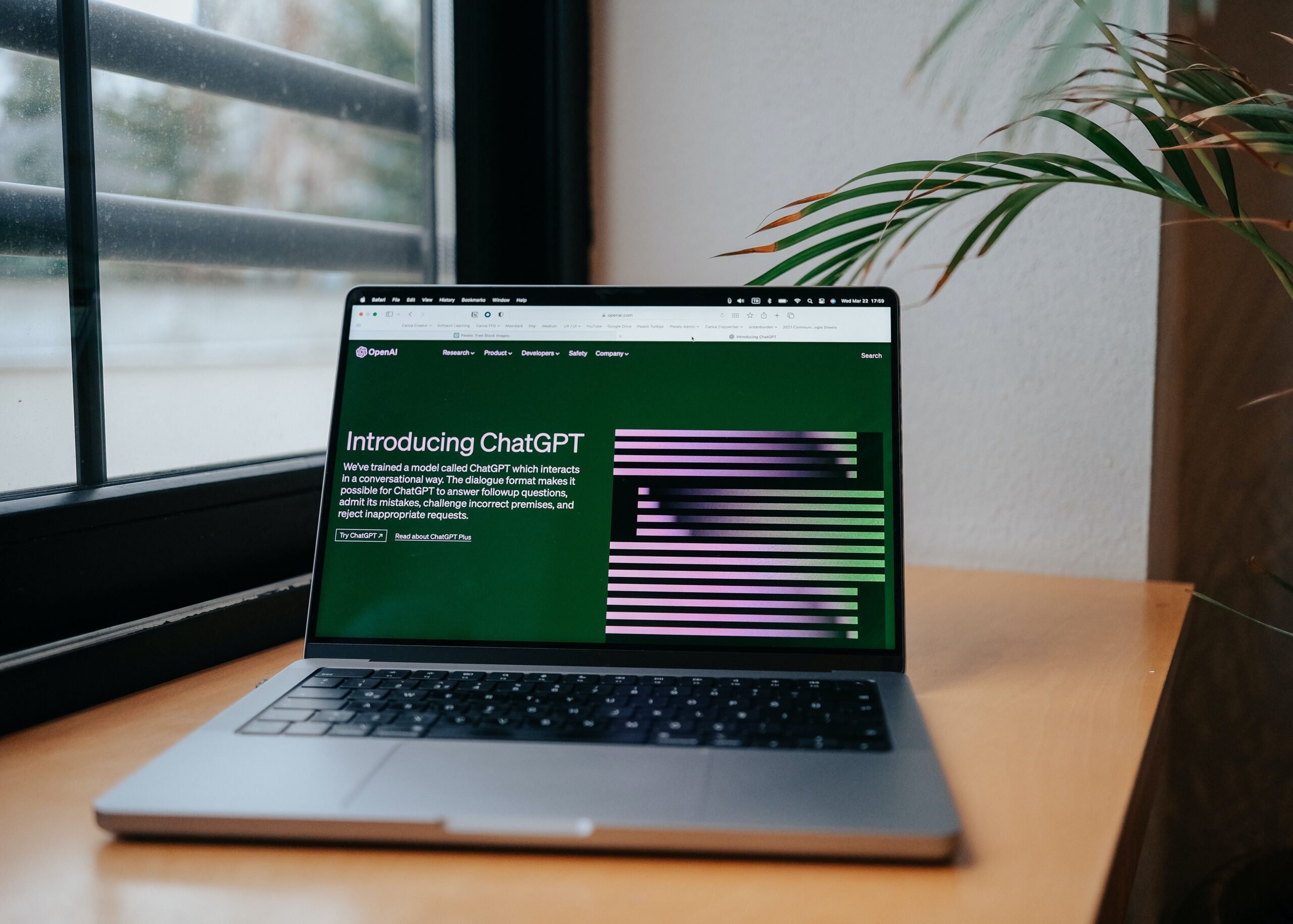With 41% of Americans listening to at least one podcast every month, it’s no secret that the industry is experiencing extremely high popularity at the moment.
If you’re part of the 41% of listeners (or even if you’re not, and you’re just curious), you may be wondering if podcasts should be a part of your PR strategy. We’ll break down all the reasons why you should incorporate podcasts into your media outreach –- and a few key tips for getting started.
For the purpose of this blog, we’ll focus on four main benefits podcasts provide that play into key public relations activities: telling your story, establishing yourself as a thought leader, getting in front of niche audiences, and creating shareable content.
Tell more of your story, in your own words
While a news story is often limited in words and your comments may be edited down to a few key sentences, a podcast can be anywhere from a few minutes to over an hour in length. If you get the opportunity to participate in a podcast interview, you can tell your or your brand’s story in an extended format. It’s a great chance to let potential customers or users get to know you in more detail and depth, through your own narrative.
Establish yourself as a thought leader
If you have knowledge of public relations, you know how powerful thought leadership can be. A podcast is an opportunity to position yourself or a senior leadership figure of your brand as a thought leader in your industry – an expert in their field who people can turn to for advice, insights, expertise, and wisdom.
You can use podcasts as an additional platform to share your unique expertise and perspectives on a topic over time, which will help you build credibility in your industry and develop trust with your audience. Contributing your ideas to a podcast is a puzzle piece in the process of establishing yourself as a thought leader; the more you put your ideas out there, the more you will start to be seen as a go-to authority in your industry. As you build your brand as someone who can be trusted on a topic, it can ultimately lead to more speaking or comment opportunities.
Expose yourself to new, niche audiences
With over 4.1 million active podcasts registered worldwide, podcast series need to cater to a specific niche in order to stand out and attract listeners. A podcast can cover topics as broad as the daily world news, or as narrow as a microtrend in fashion, and listeners know exactly what kind of content they’ll get when they put in their headphones for the latest episode. If you can find a podcast series that fits your brand’s niche, you’re almost guaranteed a captive and interested audience.
Create evergreen, shareable content
Once your podcast has been released, you can turn the episode into small, snackable audio clips that can be repurposed for a variety of things, including social media posts, supporting assets for pitches, or interesting content for your next newsletter. Some podcasts will even capture video while recording the podcast, which can be an even better addition to your social media calendar.
This benefit also ties back into thought leadership, as sharing podcast interview material on your social channels can help you increase your executive visibility on social media.
Recap and tips
Whether you’re doing your own public relations or you have a PR firm or PR team helping you promote your brand, utilizing podcasts is a great way to find a captivated audience, create evergreen content, and share more of your story and expertise.
If you’re interested in being a guest on a podcast, here are a few tips to keep in mind when getting started:
- Do your research — know the podcast’s audience, niche, and whether or not they interview guests in their episodes before you reach out.
- Fine-tune your unique selling points — be ready to explain why you would be a great guest for this specific podcast, in just a few sentences. If you have them, include any relevant clips from other speaking engagements to showcase your abilities.
- Be patient — you most likely won’t land a spot on your dream podcast immediately, but getting yourself and your bio out there can be a great start.




Recent Comments